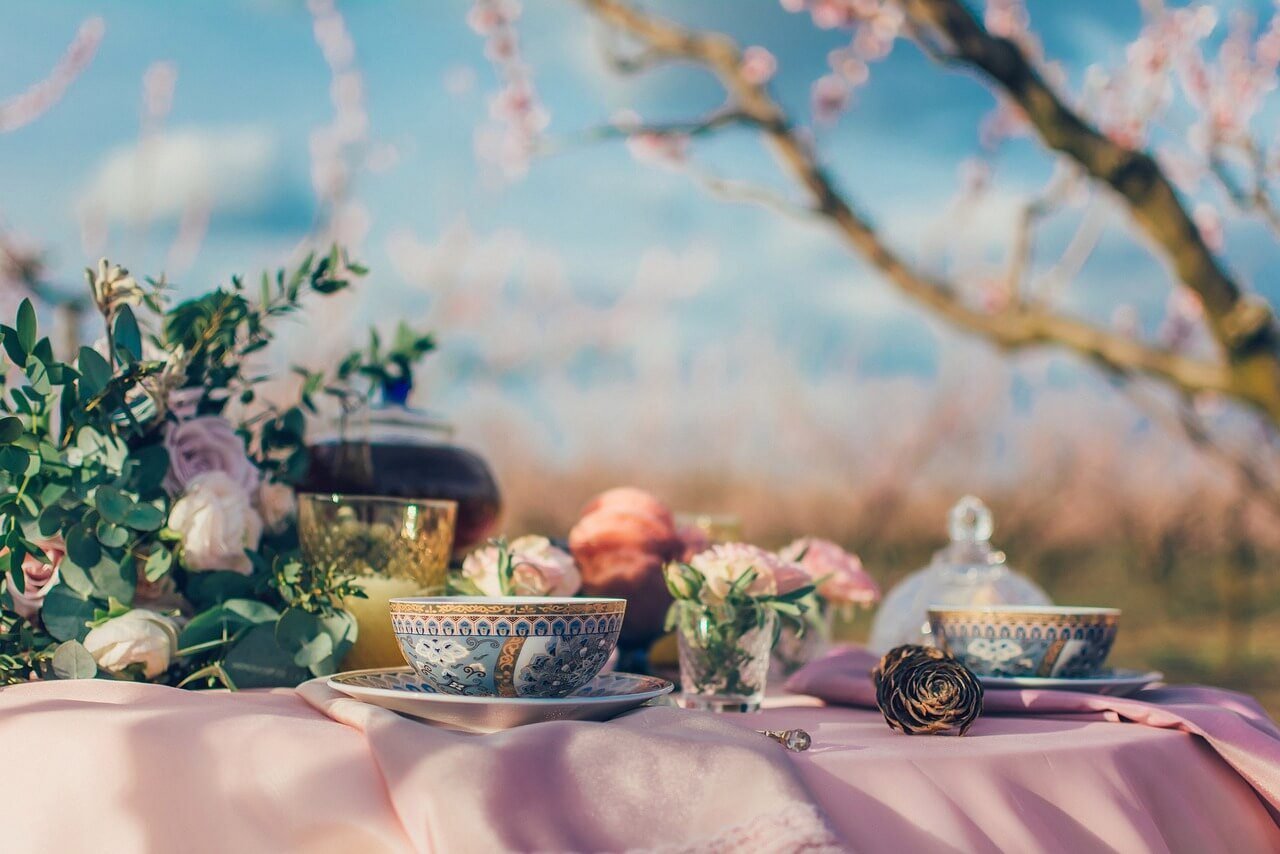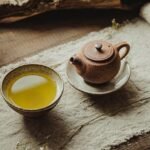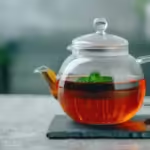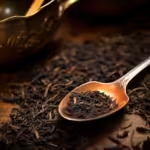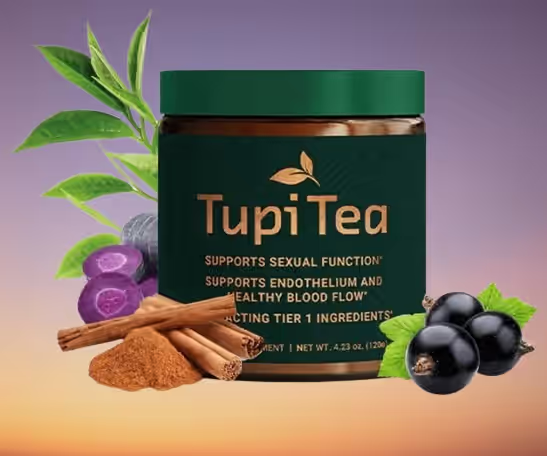Table of Contents
The Heritage of Happy Valley Darjeeling Tea
Happy Valley Darjeeling Tea boasts a rich history that is woven into the cultural fabric of the region. Originating in the mid-19th century, the tea industry in Darjeeling began to flourish under British colonial influence. The Happy Valley tea estate, established in 1857, has been a significant part of this history, becoming known for producing some of the finest teas in the world. The high elevation and unique climate of the Darjeeling region, with its misty mountains and abundant rainfall, provide the perfect environment for cultivating tea, resulting in the delicate yet complex flavors that characterise Happy Valley Darjeeling Tea.
The cultivation process of this esteemed tea is steeped in tradition. The tea leaves are hand-picked by skilled workers who are knowledgeable about the optimal plucking times to ensure the highest quality. The rolling, oxidizing, and drying processes are crucial, as they shape the distinct flavor profile that Happy Valley Darjeeling Tea is renowned for. In addition to these traditional methods, the estate has embraced organic tea cultivation, respecting the environment while ensuring that the tea remains free from harmful pesticides and chemicals. This commitment to sustainability has enabled Happy Valley to maintain its historic legacy while adapting to modern tastes and preferences.
Culturally, Happy Valley Darjeeling Tea has profound significance. It is not just a beverage; it symbolizes the rich agricultural heritage of Darjeeling and is an essential part of local community life. The tea industry supports numerous families and preserves traditional practices that have been handed down through generations. As demand for premium Darjeeling teas grows globally, the heritage of Happy Valley continues to shape both the local economy and international tea culture alike. The area’s dedication to maintaining its tea legacy ensures that each cup of Happy Valley Darjeeling Tea is imbued with the history and culture of the region.
👉 Sip the Finest Leaves from the Himalayas – Try Darjeeling Tea! 👈
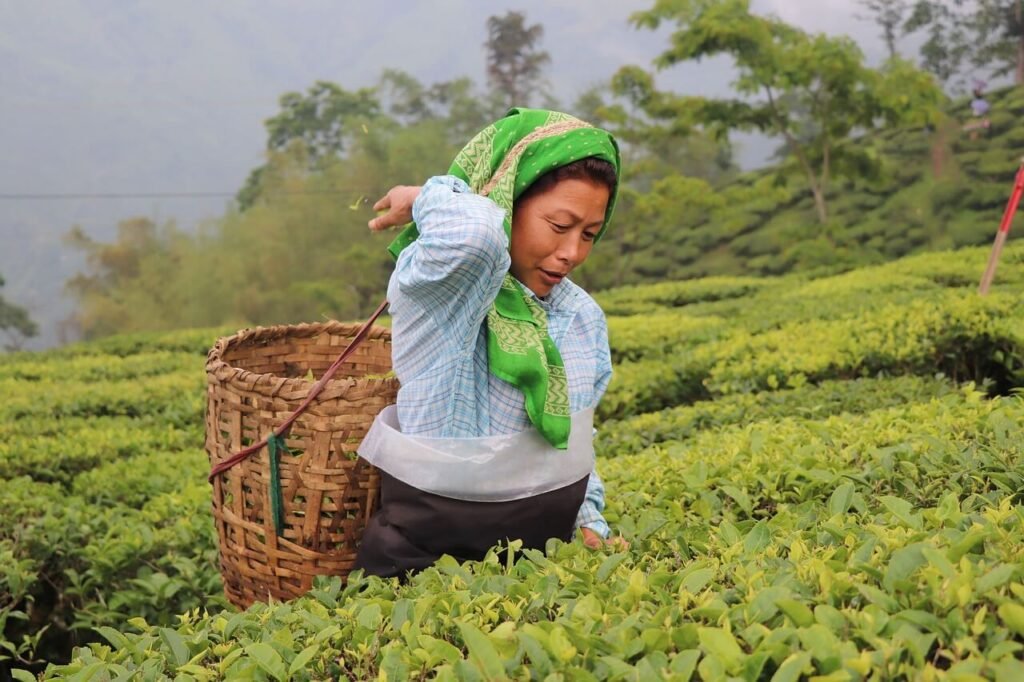
The Unique Flavor Profile of Happy Valley Darjeeling Tea
Happy Valley Darjeeling Tea is renowned for its distinct and complex flavor profile that captivates tea enthusiasts across the globe. One of the hallmark characteristics of this tea is its delicate floral notes, often compared to the aroma of muscat grapes, which contribute to its overall elegance. The initial sip reveals a light, brisk quality, favorably contrasted by a smooth, lingering finish. Many aficionados appreciate the nuanced layers that emerge with different harvests. For instance, first flush teas typically exhibit a fresh and vibrant taste, with pronounced floral and grassy notes, while second flush varieties are known for their fuller-bodied richness and musky, fruity undertones.
The unique flavor characteristics of Happy Valley Darjeeling Tea are influenced by several factors, primarily the altitude at which it is cultivated. Grown at elevations ranging from 2,000 to 6,000 feet, the cooler climate contributes to slower leaf maturation, fostering the development of complex flavors. Additionally, the specific soil conditions in the Happy Valley region, enriched with organic matter and minerals, impart unique qualities to the tea plants. This interplay of altitude, climate, and soil ensures that each batch of Happy Valley Darjeeling Tea presents a unique tasting experience, reflective of the season and the specific conditions during its growth.
To fully appreciate the aromatic and flavorful attributes of this exceptional tea, a careful brewing method is essential. Experts recommend using water that has been brought to a temperature of around 90-95 degrees Celsius, steeping the leaves for 3-4 minutes. This process allows the intricate profiles of Happy Valley Darjeeling Tea to unfold, revealing its delightful nuances. Exploring different steeping times and water temperatures can yield diverse tasting notes, making each cup a unique experience.
👉 Aromatic. Elegant. Rare. Experience Top Darjeeling Tea! 👈
Health Benefits of Happy Valley Darjeeling Tea
Happy Valley Darjeeling Tea is not only celebrated for its exquisite flavor and aroma, but it is also endowed with a multitude of health benefits that make it an appealing choice for health-conscious individuals. One of the prominent attributes of this tea is its rich content of antioxidants, particularly catechins, which have been extensively studied for their health-promoting properties. These compounds play a crucial role in combating oxidative stress in the body, potentially reducing the risk of chronic diseases, and are an essential component of the broader health benefits of tea.
Research indicates that the antioxidants in Happy Valley Darjeeling Tea may assist in enhancing the immune system. Regular consumption can help to bolster the body’s defense mechanisms. This particular type of tea has been shown to exhibit antimicrobial properties that may assist in warding off infections. Additionally, some studies have suggested that the catechins found in this tea might provide anti-inflammatory effects, which can be beneficial for overall health.
Aiding digestion is another significant benefit associated with Happy Valley Darjeeling Tea. The presence of tannins can promote digestive health by stimulating the production of digestive enzymes. Furthermore, this tea is known to soothe the stomach and alleviate discomfort. For individuals often facing digestive issues, incorporating this soothing beverage into their daily routine may prove advantageous.
Moreover, Happy Valley Darjeeling Tea has been linked to stress reduction. The presence of L-theanine, an amino acid found in this tea, is known to promote relaxation without inducing drowsiness. This characteristic allows tea drinkers to enjoy a calm yet alert state of mind, thus making it a preferred choice for those striving to manage daily stressors effectively.

In conclusion, the numerous health benefits associated with Happy Valley Darjeeling Tea make it an exceptional addition to a balanced lifestyle. Its antioxidant content, immune-boosting properties, digestive support, and potential for stress relief illustrate the varied ways this tea can contribute to overall wellness.
👉 Discover the Champagne of Teas – Premium Darjeeling Awaits! 👈
How to Experience Happy Valley Darjeeling Tea
To fully appreciate the rich flavors of Happy Valley Darjeeling Tea, one must start with the brewing process. The first step is to select high-quality loose-leaf tea, ideally sourced from reputable brands known for their authenticity and freshness. When preparing to brew, use filtered water heated to approximately 90-95°C (194-203°F). This temperature is crucial, as too hot water can scorch the delicate leaves and diminish the aromatic notes for which Darjeeling tea is renowned. A general guideline is to use one teaspoon of tea leaves per cup. Steep for about three to four minutes, adjusting based on your taste preference, as longer steeping times may result in astringency.
Food pairing is essential to enhance the unique characteristics of Happy Valley Darjeeling Tea. Its light, floral, and slightly muscatel flavors complement a variety of dishes. Consider pairing it with light snacks such as cucumber sandwiches or scones with clotted cream. For a more substantial meal, this tea goes well with mildly spiced Asian dishes or a simple grilled fish. The delicate flavors of the tea can balance richer flavors while enhancing the overall dining experience.
If you’re looking to explore Happy Valley Darjeeling Tea further, visiting the Happy Valley tea estate is a recommended option. This historical estate, established in 1854, offers guided tours that provide insight into the intricate tea production process—from plucking the leaves to the final packaging. Engaging with the tea makers and understanding their craft will deepen your appreciation of this cherished beverage. Whether you’re a connoisseur or a casual drinker, experiencing the tea estate firsthand will enrich your understanding and enjoyment of Happy Valley Darjeeling Tea.
👉 Let Every Sip Transport You – Taste the Spirit of Darjeeling! 👈
